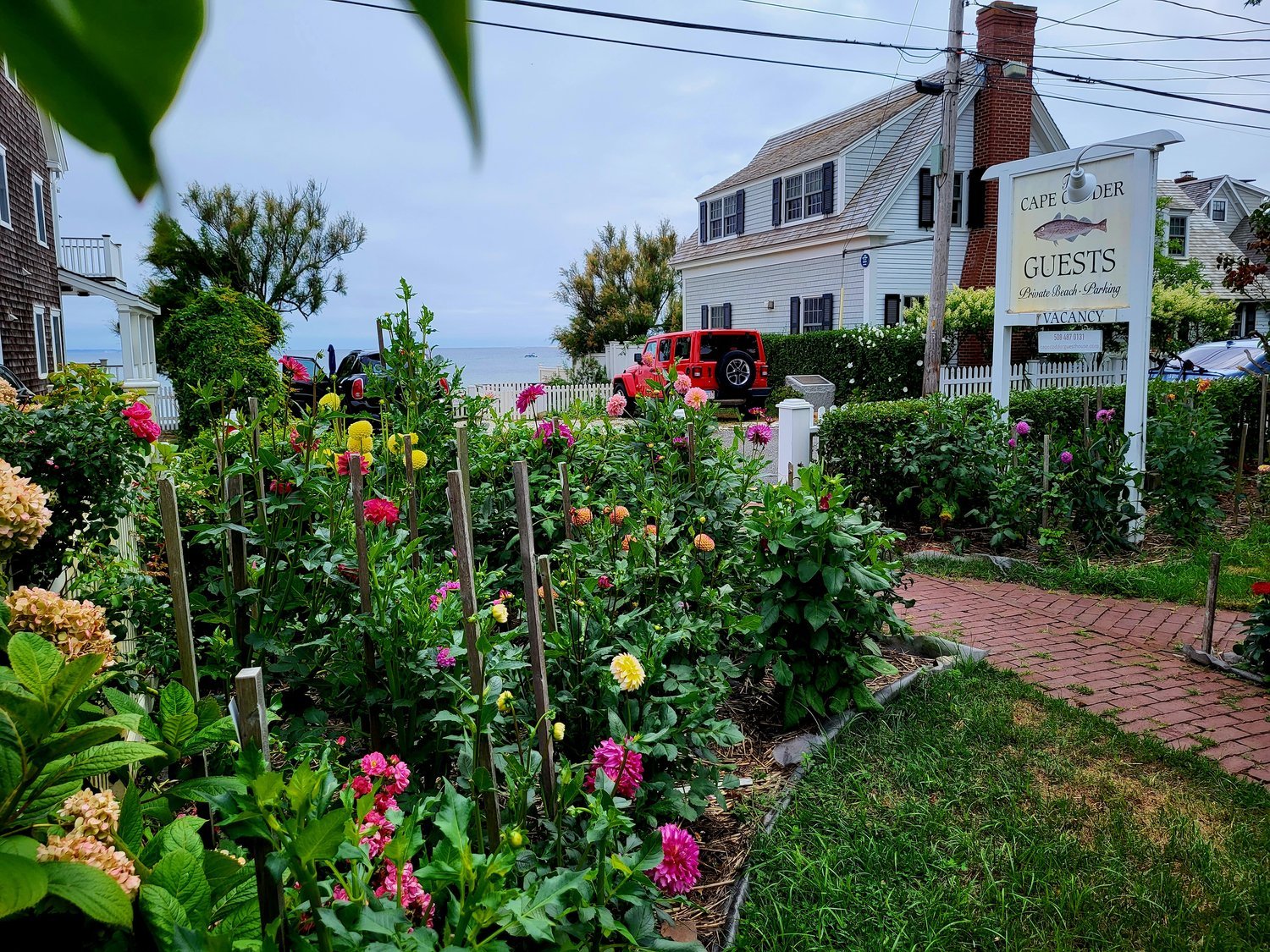
Provincetown
Provincetown
2025 Calendar of Events
Provincetown Events
Here are two helpful resources to learn about annual events typically held in Provincetown. For the most up-to-date information, please contact the hosting organizations directly. Be sure to check out The Provincetown Chamber of Commerce Events Calendar and the Ptown.org Events Calendar.
History
Provincetown has long been connected to a sense of freedom. From the Pilgrims’ first landing on its shores, to the Town’s enduring appeal for the adventurous traveler, this town welcomes all comers. Over the years, an eclectic mix of fishermen, whalers, artists, writers, Portuguese immigrants, and members of the LGBTQ+ community have called it home. Today, seasoned visitors and newcomers alike are still drawn to this sandy tip of the Cape for its beauty, its light, its creativity and its stunning and abundant natural resources.
Further Details
Provincetown’s history as one of the country’s largest art communities can be traced to 1899, the year Charles W. Hawthorne opened his Cape Cod School of Painting. Artists were quickly drawn to the area’s wind-swept dunes and enchanted by the Town’s wharves and sailing ships. By World War I, Provincetown’s reputation was well established, with painters, playwrights, and poets embracing the Town’s bohemian lifestyle. Among the famous inhabitants were the writer Norman Mailer, the playwright Eugene O’Neill, poet Mary Oliver, and the abstract expressionist Hans Hofmann, who also opened a summer school in Town.
Exclusive Offer for Cape Codder Guests! 🌟🚢
Enhance your stay with us at the Cape Codder Guesthouse by embarking on a spectacular Boston Harbor City Cruise Fast Ferry! As a valued guest, you’re entitled to an exclusive 20% discount on any cruise when you book with the special code Codder20. Experience the charm and history of Boston Harbor with breathtaking views and unforgettable adventures as you sail to Provincetown.
Simply enter your code when booking your cruise to claim your special discount. It’s our way of saying thank you for choosing the Cape Codder Guesthouse as your home away from home. Sail away into a sea of savings and make your visit truly memorable!

















